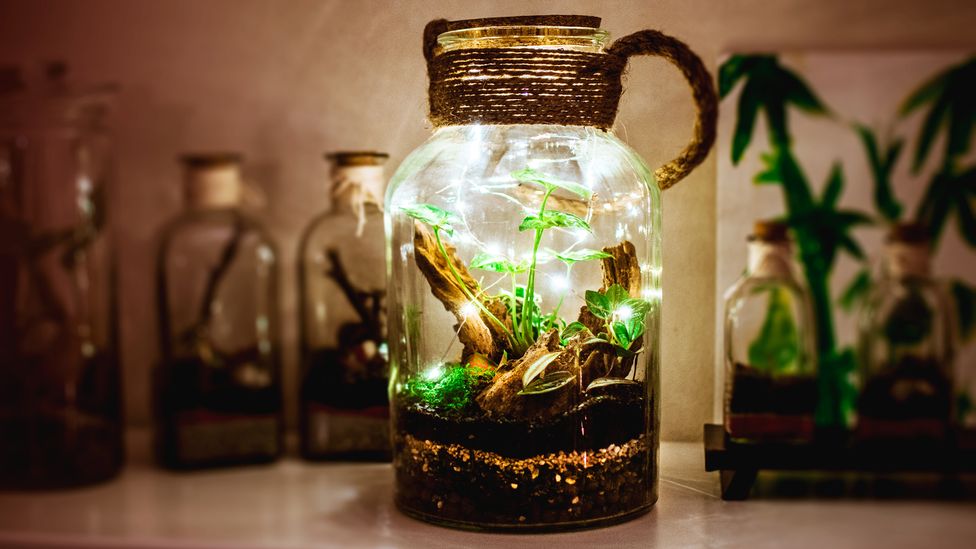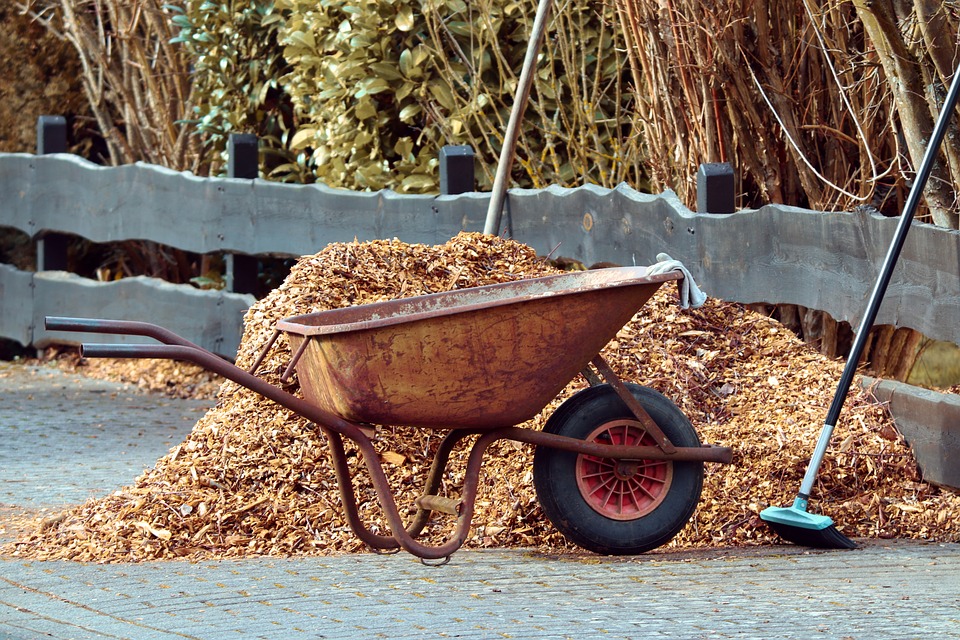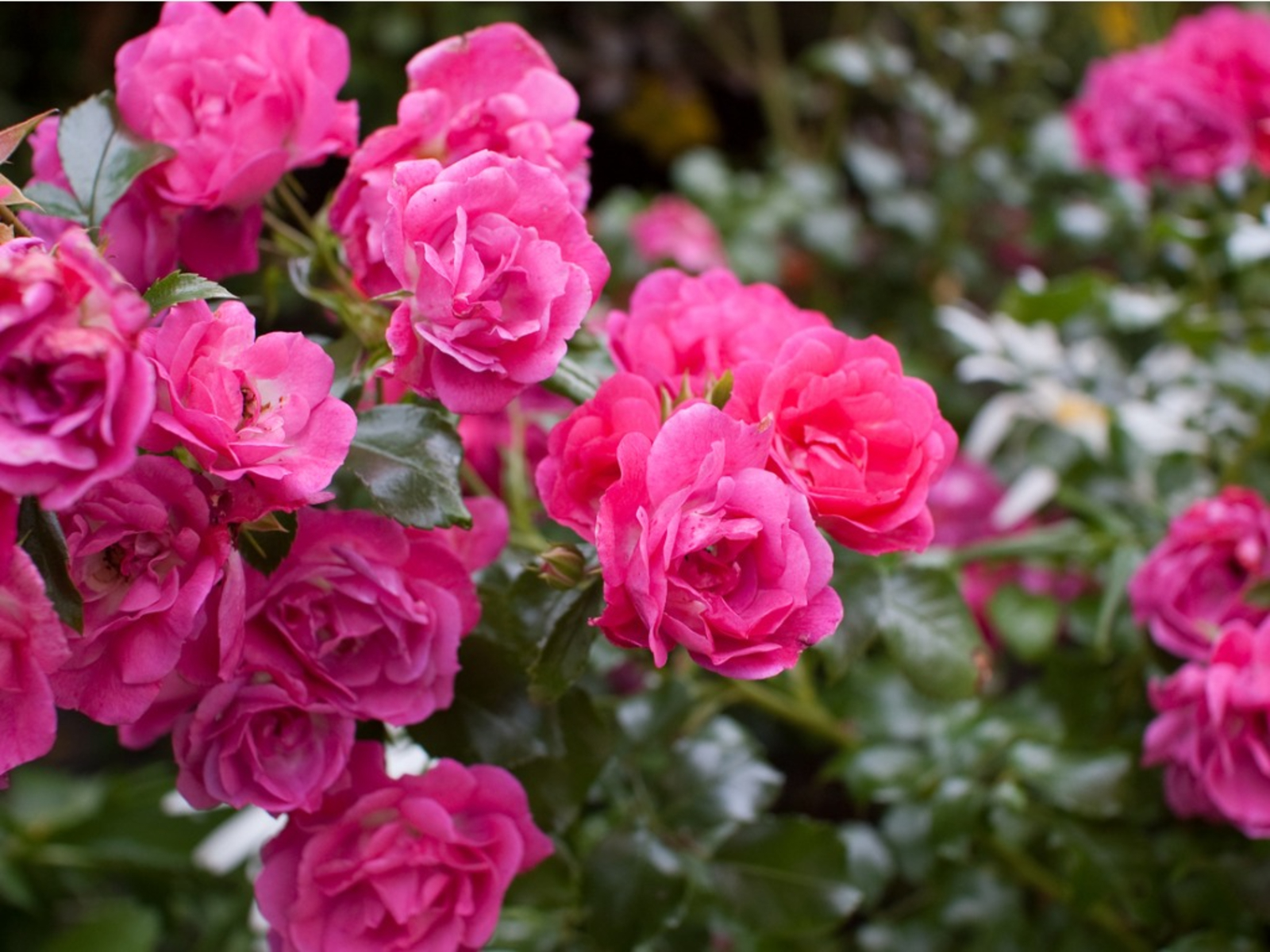Terrariums are small gardens contained in a glass container, they are self-sustaining botanical ecosystems where several plants coexist sharing soil, air and water, as if they were on a mini planet. Although it sounds very elaborate, it’s not that difficult to plant and that’s why we want to share with you a step-by-step so that you can plant your own terrarium at home. Interested in learning more? Keep reading!
Terrarium History
Terrariums began to be developed from the mid 1800’s and greatly contributed to the globalization of plant species used in different industries (pharmaceutical, rubber, etc.) because they allowed plants to survive long boat trips without the need for fresh water or more maintenance. The first terrariums were called Wardian crates, thanks to the discovery by botanist and physician Nathaniel B. Ward, that by putting a moth chrysalis inside a closed glass bottle with some soil at the bottom, a fern spontaneously grew, which allowed Dr. Ward to conclude that plants could be kept in closed bottles without access to fresh oxygen. This was a great contribution to organic trade and botanical research at the time.
There are completely closed and open terrariums. Normally, plants with succulent leaves (fleshy plants that retain water) do not tolerate the constantly humid environment of closed terrariums, and therefore work best in an open terrarium. In closed terrariums, a sustainable water cycle is generated where moisture (caused by the first irrigation that was applied at planting), is retained by the glass walls, condenses and sinks back down to the ground (as if it were rain); therefore, there is no need to water them. The closed terrarium is ideal for recreating tropical ecosystems with plants like ferns, orchids and aroids.
There are many species of plants that can be adapted and are suitable for planting in terrariums, here is a list of our favorites, for being easy to grow and for their variety of shapes and colors.
Plants for Terrariums:

Basic materials for planting a terrarium:
- A glass container: this can be a large recycled jar or a decorative glass jar.
- pebbles
- a prepared substrate
- Floors
Step by Step to Plant Your Terrarium:
- Depending on the size of the container, the number and size of the plants are defined. Clean it with vinegar and water and dry it very well.
- Add the bottom filter layer. This can be pebbles, coco peat or charcoal. This filter layer prevents the bottom from rotting, serves as a small water reservoir and is also very pretty. The maximum height of this layer should not exceed 1/4 of the total height of the container.
- Add well-drained substrate (i.e. containing sand so that it does not become too compacted) up to half the height of the container. The remaining height should be sufficient to accommodate the plants you will be planting.
- Make a small hole to locate the first plant, plant it and continue with the other plants. At the end, when they are all located, pack the soil well (without pressing too hard) and make sure there are no air pockets.
- Throw pebbles on top, this is only if you like it, otherwise it is not essential.
- Water a little, less is better than more, so try not to overdo it.
- Leave it open or closed, remember that if it is open, you should water it very little, if it is closed, almost nothing, just in case you see very dry soil.
Basic Recommendations for Maintaining Your Terrarium:
- Place it in a bright location (i.e. not too dark, but have a window nearby), but do not give it direct sunlight as through the glass it can burn the plants.
- Never water a terrarium if you see condensation on the glass or if the soil is wet to the touch. Excess moisture is a common mistake.
- Prune leaves that are too close to the glass.
- Keep roots covered.
- Sometimes the soil in your terrarium can give off green algae, this is perfectly natural and not harmful.
- You can feed your plants every 2 or 3 months. We recommend Sativa biofertilizer.
- Give this new plant an important place in your space, say hello and take care of it.
Have you heard any other tips on planting a terrarium? Share them in the comments below.





1 Comment
Heya! I realize this іs sort of off-topіc but I neeԀed to ask.
Does building a well-establіshed blog like yours take ɑ lot of work?
I’m completely new to operating a bloց however I do write in my journal every day.
I’d like to start a blog sо I can easily share mʏ
personal eхperience and thoughts onlіne.
Please let me know if you have any kind of recommendations or tips for brand new aspiring blogɡers.
Thankyou!